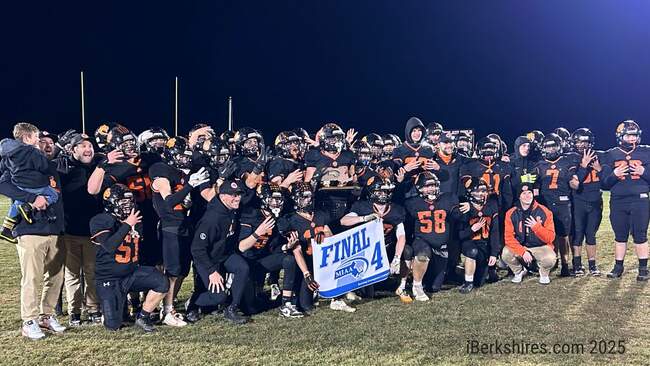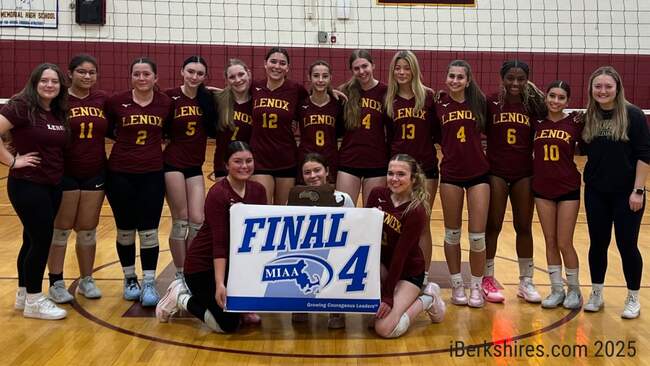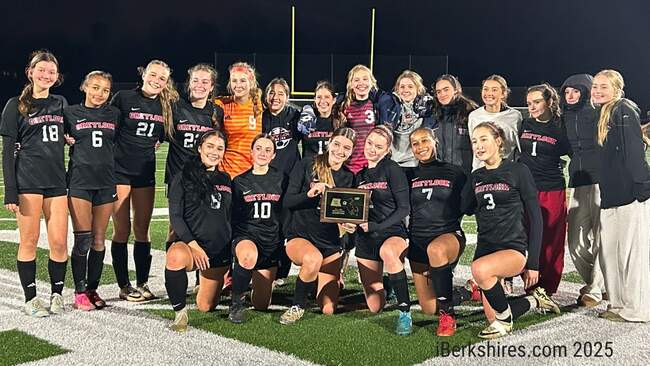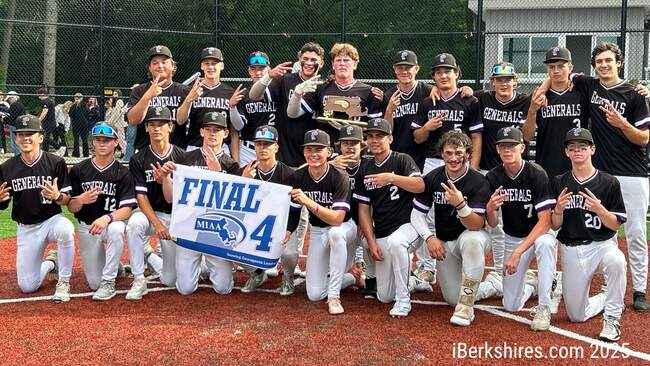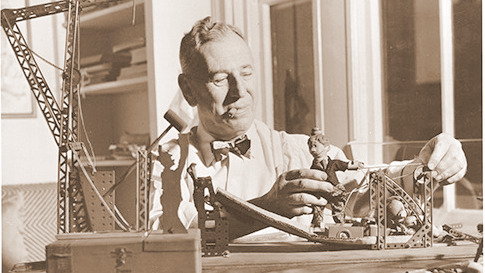
Norman Rockwell Museum Presents 'The Art and Wit of Rube Goldberg'
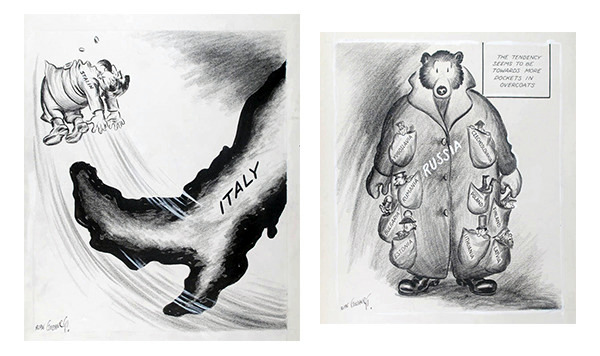
STOCKBRIDGE, Mass. — The Norman Rockwell Museum presents "The Art and Wit of Rube Goldberg," an exhibit exploring the humorous illustrations of the visionary artist, who has become famous for the creative inventions bearing his name.
On view at the museum from March 2 through June 9, the exhibit will offer a revealing look at Goldberg's creativity through original comic strips from the 1930s, where the artist created his complicated machines, as well as later political cartoons and instructional materials from the Famous Artists School, which are now part of the permanent collection of Norman Rockwell Museum.
"Rube Goldberg's comic strips had such a tremendous influence on popular culture, both then and now," said Norman Rockwell Museum Curator of Exhibitions Jesse Kowalski, who organized the exhibit. "We are thrilled to be able to share our museum's rarely seen collection of artwork from one of the 20th century’s greatest cartoonists."
Highlights from the exhibit include a series of World War II-themed artworks, created by Goldberg for use with his Famous Artists School instruction in cartooning. Ink and charcoal drawings such as "The Boot," featuring a map outline of Italy giving a swift kick to Soviet revolutionary Joseph Stalin; and "Style Note from Russia," depicting an overcoat-wearing bear representing Russia, with pockets devoted to Poland, Czechoslovakia, and other acquired territories. These works demonstrate Goldberg's gift for making witty connections through the use of symbolic representations.
Other cartoons on display from the Famous Artists School Collection offer a step-by-step look at the artist's process in creating political cartoons.
Also included in the exhibition are pencil, pen and ink drawings loaned from the collection of Williams College Museum of Art, which demonstrate Goldberg's elaborative creativity. A sampling of the artist's inventive ideas and gag cartoons created during the late 1940s include an "automatic dieting machine with goat attachment," "a simple one-shift bouncer for free loaders" and a "Revolvometer for looking at modernistic art." Vintage video clips will also be on display in the exhibit, showing the inventive artist and his influence on everything from "Tom and Jerry" cartoons to the movie "Back to the Future."
Born in San Francisco in 1883, Reuben Garret Lucius Goldberg studied Engineering at the University of California, Berkeley, and soon found work mapping sewers and water lines for the city of San Francisco. Shortly after starting his engineering career, Goldberg quit to become a sports cartoonist at the San Francisco Chronicle. In 1907 he moved to New York, where he began drawing cartoons for the New York Evening Mail. Comic creations such as Boob McNutt, Foolish Questions, Mike and Ike (They Look Alike), I Never Thought of That, and The Inventions of Professor Lucifer Gorgonzola Butts, which showcased the Rube Goldberg Machine, were syndicated across the country.
In the late 1930s, Goldberg added editorial cartoons to his repertoire, and focused on the events in Europe in the lead up to World War II. As the son of a Jewish immigrant, Goldberg understood early on the threat of Nazi Germany, and felt passionately about the world's indifference to the events happening in Europe. During World War II, Adolf Hitler became Goldberg's main point of ridicule. Following the war, Goldberg continued to comment on world politics, and in 1948 he won a Pulitzer Prize for a political cartoon titled "Peace Today," which addressed the threat of nuclear war.
Following the end of World War II, the artist became a founding member and the first president of The Cartoonists Society, and later a teacher of the Famous Artists School. Goldberg began offering instruction on editorial cartoons in the school’s Cartoon Course. He died in 1970.
Tags: norman rockwell museum,

